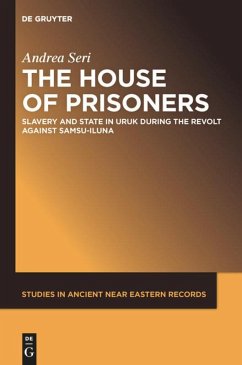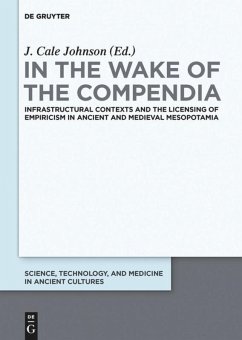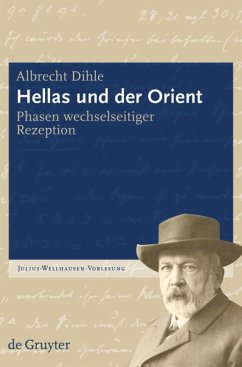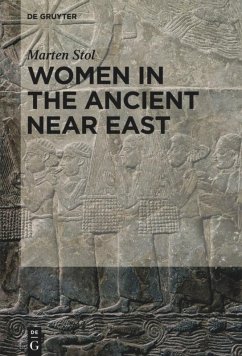
Languages from the World of the Bible
Versandkostenfrei!
Versandfertig in 6-10 Tagen
98,99 €
inkl. MwSt.

PAYBACK Punkte
49 °P sammeln!
The breakthrough of the alphabetic script early in the first millennium BCE coincides with the appearance of several new languages and civilizations in ancient Syria-Palestine. Together, they form the cultural setting in which ancient Israel, the Hebrew Bible, and, transformed by Hellenism, the New Testament took shape. This book contains concise yet thorough and lucid overviews of ancient Near Eastern languages united by alphabetic writing and illuminates their interaction during the first 1000 years of their attestation. All chapters are informed by the most recent scholarship, contain fresh...
The breakthrough of the alphabetic script early in the first millennium BCE coincides with the appearance of several new languages and civilizations in ancient Syria-Palestine. Together, they form the cultural setting in which ancient Israel, the Hebrew Bible, and, transformed by Hellenism, the New Testament took shape. This book contains concise yet thorough and lucid overviews of ancient Near Eastern languages united by alphabetic writing and illuminates their interaction during the first 1000 years of their attestation. All chapters are informed by the most recent scholarship, contain fresh insights, provide numerous examples from the most pertinent sources, and share a clear historical framework that makes it easier to trace processes of contact and convergence in this highly diversified speech area. They also address non-specialists. The following topics are discussed: Alphabetic writing (A. Millard), Ugaritic (A. Gianto), Phoenician and Hebrew (H. Gzella), Transjordanian languages (K. Beyer), Old and Imperial Aramaic (M. Folmer), Epigraphic South Arabian (R. Hasselbach), Old Persian (M. de Vaan/A. Lubotsky), Greek (A. Willi).














